Growth in the Construction Sector
The Wood Coating Additives Market is significantly influenced by the expansion of the construction sector. As urbanization accelerates, the demand for residential and commercial buildings increases, leading to a higher requirement for wood coatings. Market analysis suggests that the construction industry is expected to grow at a CAGR of around 5% in the coming years, which directly correlates with the rising need for effective wood protection solutions. This growth is likely to drive the demand for various wood coating additives, as builders and architects seek to enhance the durability and aesthetic appeal of wooden structures. Thus, the construction sector's expansion serves as a crucial driver for the Wood Coating Additives Market.
Regulatory Compliance and Standards
Regulatory compliance is a critical driver in the Wood Coating Additives Market, as manufacturers must adhere to stringent environmental and safety standards. Governments worldwide are implementing regulations that limit the use of hazardous substances in coatings, prompting companies to reformulate their products. This shift not only ensures compliance but also aligns with the growing consumer demand for safer and more sustainable options. Market data indicates that the segment of compliant wood coatings is expected to grow at a CAGR of approximately 4.5%, reflecting the industry's adaptation to regulatory changes. Consequently, companies that proactively address these regulations are likely to enhance their market position within the Wood Coating Additives Market.
Increasing Focus on Aesthetic Appeal
The aesthetic appeal of wooden products is becoming increasingly important in the Wood Coating Additives Market. Consumers are now more inclined to choose coatings that not only protect but also enhance the visual characteristics of wood. This trend is particularly evident in the furniture and cabinetry sectors, where the demand for decorative finishes is on the rise. Industry expert's suggest that the decorative wood coatings segment is projected to grow at a CAGR of around 5.5% over the next few years. As a result, manufacturers are focusing on developing additives that provide a wide range of colors, textures, and finishes, thereby catering to the evolving preferences of consumers. This emphasis on aesthetics is likely to drive innovation within the Wood Coating Additives Market.
Rising Demand for Eco-Friendly Products
The Wood Coating Additives Market is experiencing a notable shift towards eco-friendly products, driven by increasing consumer awareness regarding environmental sustainability. As regulations tighten around the use of harmful chemicals, manufacturers are compelled to innovate and develop water-based and low-VOC (volatile organic compounds) additives. This trend is reflected in market data, which indicates that the demand for eco-friendly wood coatings is projected to grow at a compound annual growth rate (CAGR) of approximately 6% over the next five years. Consequently, companies that prioritize sustainable practices are likely to gain a competitive edge, thereby influencing the overall dynamics of the Wood Coating Additives Market.
Technological Innovations in Coating Solutions
Technological advancements play a pivotal role in shaping the Wood Coating Additives Market. Innovations such as nanotechnology and advanced polymer formulations are enhancing the performance characteristics of wood coatings, including durability, resistance to weathering, and ease of application. For instance, the introduction of UV-cured coatings has revolutionized the market by offering rapid curing times and superior finish quality. Market data indicates that the segment of high-performance additives is expected to witness a growth rate of approximately 7% annually, reflecting the industry's shift towards more sophisticated coating solutions. As manufacturers continue to invest in research and development, the Wood Coating Additives Market is poised for significant transformation.


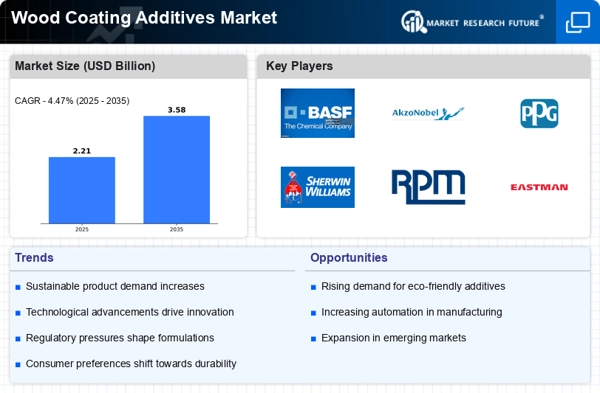
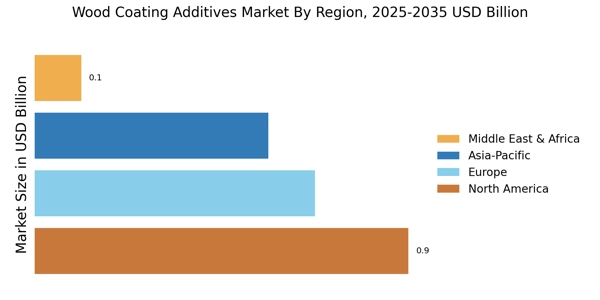
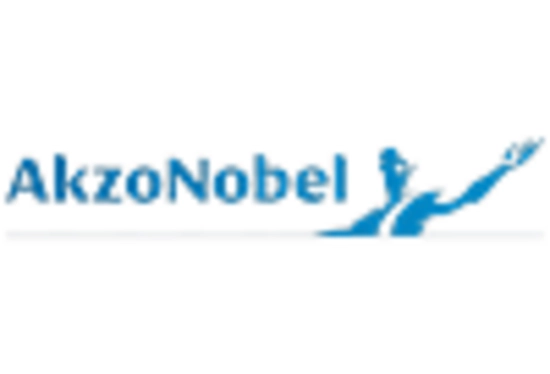


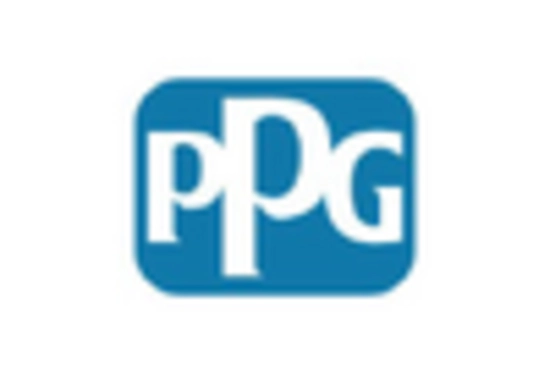
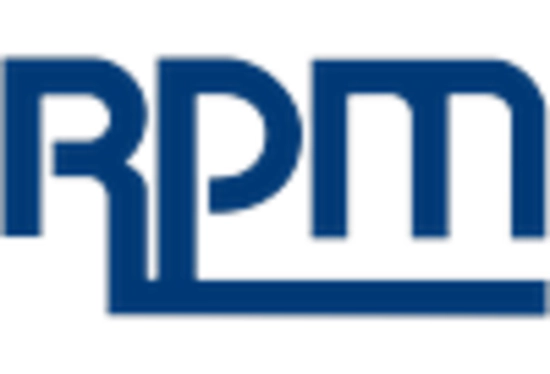
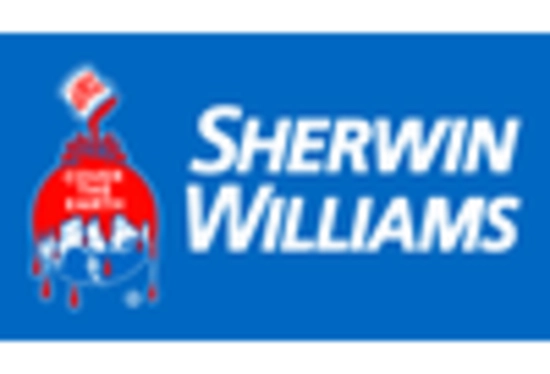








Leave a Comment